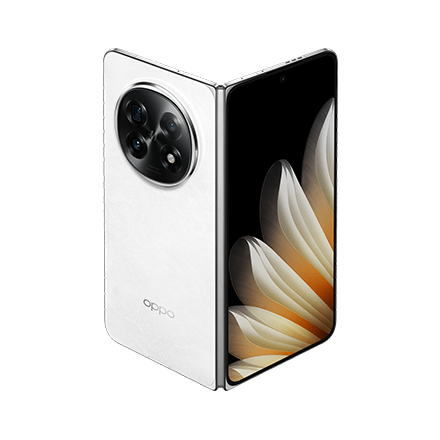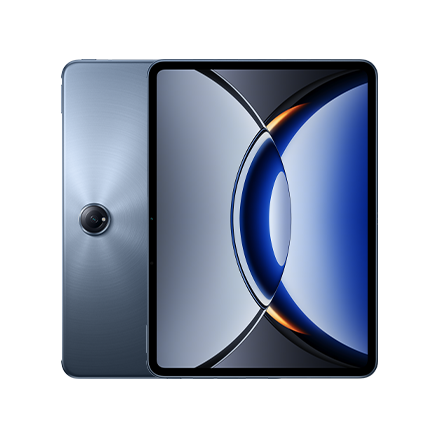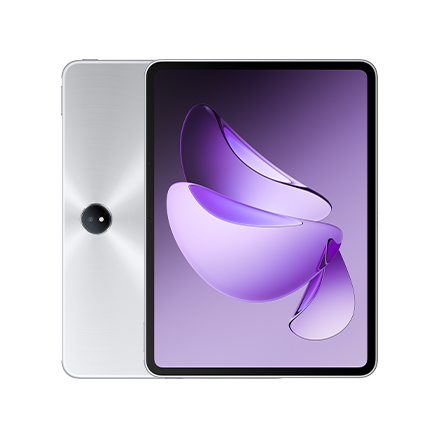Better, faster, stronger: how OPPO engineered the perfect 5G signal solution in Find X5 Pro

Today, millions of us are enjoying the incredible benefits that 5G speeds offer, from streaming movies and video calls, to gaming on the go. By 2025, 5G networks are also expected to serve one-third of the world’s population. The networks themselves are, however, only part of the story. If you want to squeeze out every drop of potential from the 5G experience, you’ll need a smartphone that’s up to the challenge. All too often handsets provide a poor user experience thanks to low signal and interference providing lower speeds, hindering 5G’s true potential. As part of its never-ending strive for perfection, OPPO has pushed its engineers to develop 5G smartphone solutions that provide an unparalleled experience, offering users with stable, uncompromised 5G connections for maximum enjoyment.
Laying the foundations
The quality of a smartphone’s signal is determined by its antenna, and its positioning within the phone itself. Often, signal quality degrades when phones are held in certain positions, as the antenna can be covered up by users’ hands. In 2020, OPPO released a groundbreaking 360-degree Antenna Design in Reno 3 to help combat this problem. The innovative design saw the antenna arranged along the outer frame of Reno 3’s frame, which allowed it to have a better signal regardless of whether it was held horizontally or vertically.
 The 360-degree Antenna Design in OPPO Reno 3
The 360-degree Antenna Design in OPPO Reno 3This was particularly important for gamers, as many AAA smartphone titles are played horizontally to maximise the use of the screen. In regular phones without such a novel solution, gamers may suffer from poor signal, slower speeds and lag, giving them a noticeable competitive disadvantage.
Adapting to life
While the innovative 360-degree surround antenna solution helps maintain a reliable connection regardless of orientation, OPPO’s engineers had to overcome another challenge — namely, the fact that in today’s modern world, people expect fast 5G speeds for intensive tasks like gaming, no matter where they are. Sometimes, users are on their phones in challenging environments like parking lots or trains, which provides dropped connections, low signal, and lag.
In these weak-signal situations, a component called a Power Amplifier (PA) plays a critical role in amplifying a smartphone’s signal enough to provide users with a strong and stable connection.
But the problem that most phones face is that they only have one PA for a corresponding frequency band, and it’s up to this single PA to choose the most suitable of four antennas in a phone to receive the signal. The flaw in this design is that there is a large burden placed on the PA itself, in addition to a delay. That’s because it takes time for the PA to decide which of a phone’s four antennas is best when you change grip from horizontal to vertical. In addition, when the frequency band antenna is used, the signal will also become very unstable within the internal space of the handset itself.
 One single Power Amplifier causes delay
One single Power Amplifier causes delayIn order to combat this issue, OPPO’s engineers worked on a solution that expertly blends software and hardware to improve the layout of the antennas, as well as including not one, but two PA components. After a year of engineering, the Dual PA Four-way Connection System was first launched in OPPO Find X5 Pro, positioning it well ahead of any competition.
 Dual PA Four-way Connection System ensures perfect 5G signal
Dual PA Four-way Connection System ensures perfect 5G signalThis innovative system is driven by a crucial component which is developed by OPPO Research Institute - Fast Matching Algorithm. It enables the phone to select the PA that’s most suitable for sending and receiving signals at any given time automatically. Not only does this massively increase the efficiency of the PA system itself, but their location also corresponds closely to their respective antenna bands, improving both the quality of the signal, as well as power consumption.
 Dual PA Four-way Connection System applied on 4G bands
Dual PA Four-way Connection System applied on 4G bandsMoreover, OPPO also applied Dual PA Four-way Connection System on 4G bands. The end result? Signal that’s both powerful and fast, with silky smooth video, streaming and gaming experiences without any lag or stutter to be seen. According to laboratory data, Find X5 Pro sees far fewer freezes with lower latency, even in extremely weak signal scenarios — specifically 30% less latency and 50% less freezes compared to the previous generation Find X3 Pro.
Lastly, for those inevitable scenarios in which users leave zero signal zones (such as leaving an underground subway), the innovative Dual PA Four-way Connection System in Find X5 Pro also ensures that it picks up signal far faster than any other handset available, putting them back in touch with the people and things that matter most, without any frustrating delays.
Striving for perfection
OPPO has always placed importance on quality communication, and this was cemented further by establishing a communication standards team in 2015. More recently, OPPO has spent the past few years actively promoting the development and adoption of 5G around the world, in addition to submitting 5G communication standard patents in more than 30 countries and regions around the world. In fact, in 2021, OPPO became one of the top ten companies in the world for holding one of the highest numbers of 5G-specific patents.
 OPPO has marked great breakthroughs in 5G
OPPO has marked great breakthroughs in 5GDespite its world-leading innovation with Reno 5G and Find X3 Pro (the first commercial 5G-supporting and 5G-standalone handsets in Europe), along with, of course, Find X5 Pro, OPPO remains committed to more research and innovation to push industry boundaries to provide the best possible experience for its users.
 OPPO continues working with partners to bring 5G experience globally
OPPO continues working with partners to bring 5G experience globallyFrom working with chip suppliers to refine and optimise their capabilities, to exploring new antenna solutions, partnerships and new possibilities beyond 5G, OPPO’s quest for excellence will never be complete, with each new product propelled forward by the innovations of the ones that came before. It’s this passion which ensures that the future is brighter for us all.
























